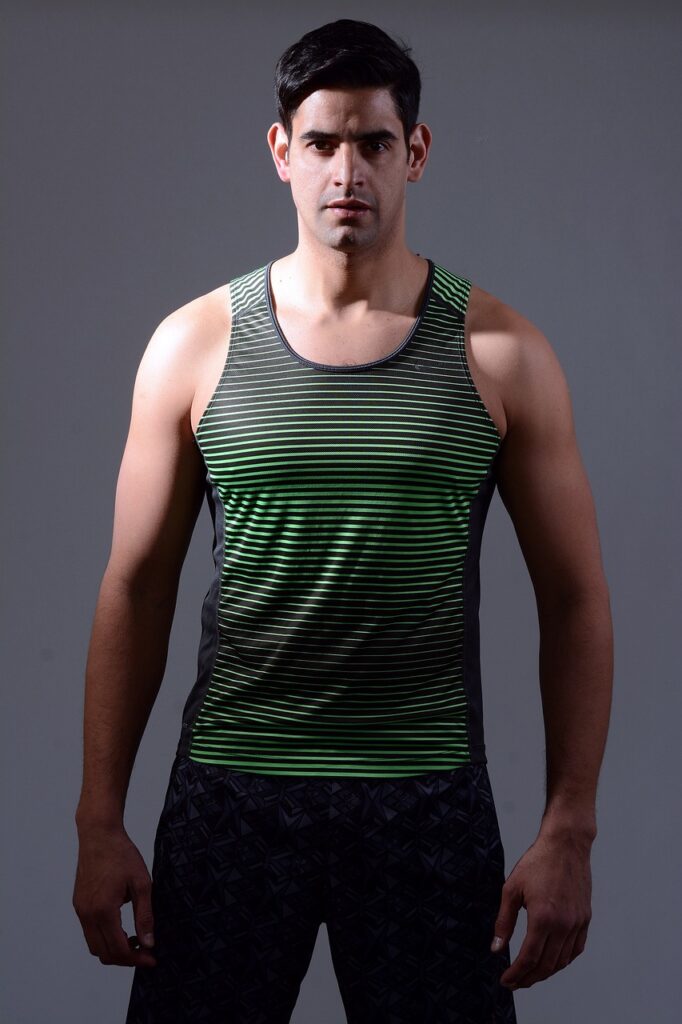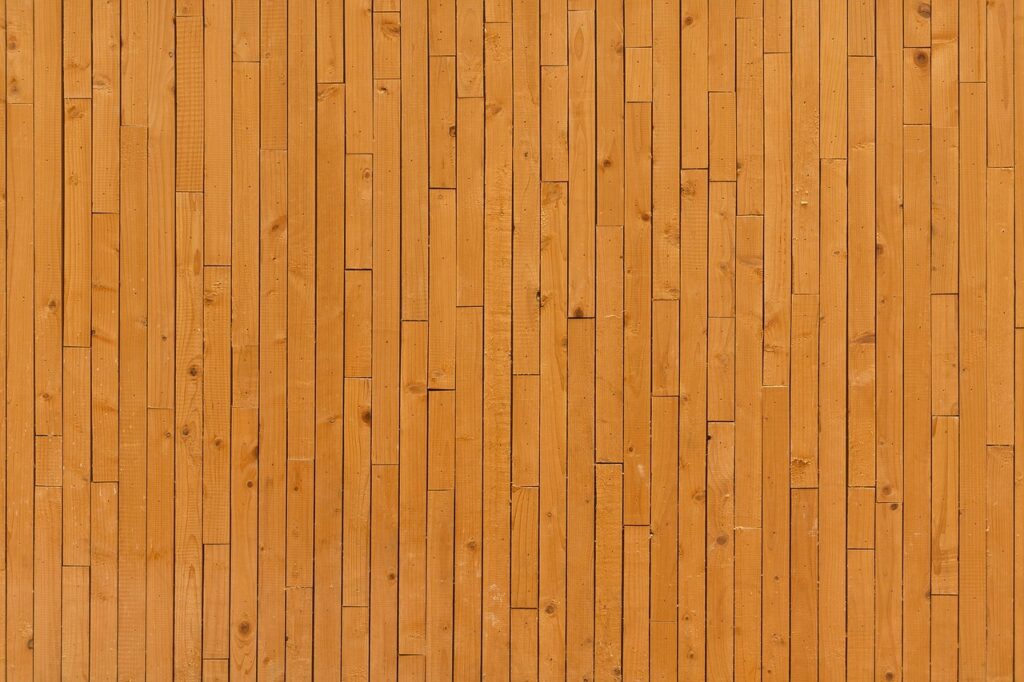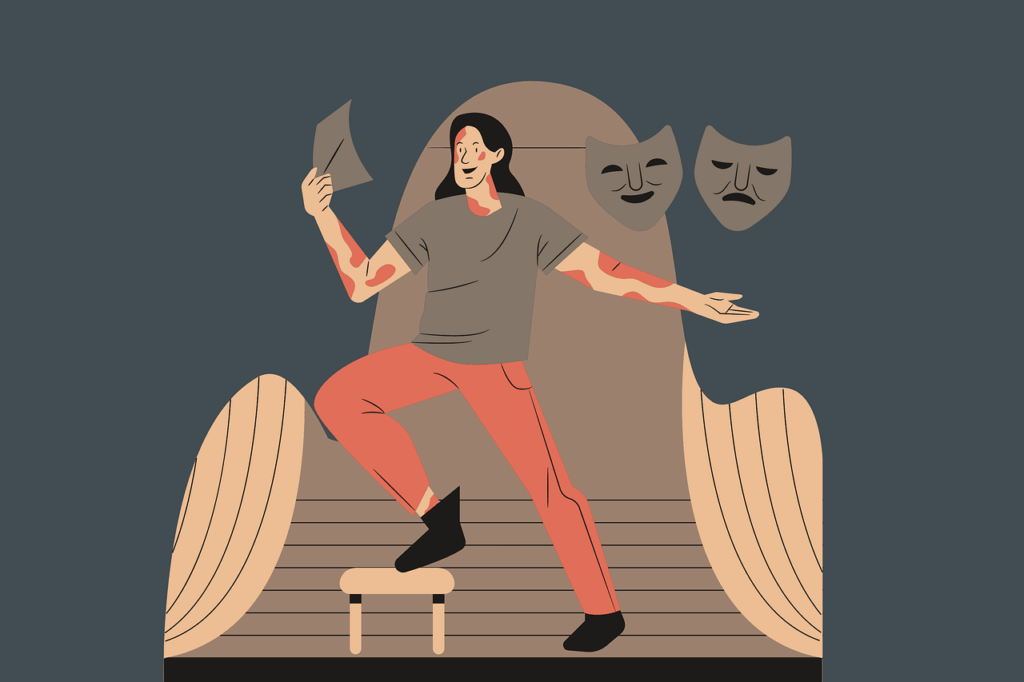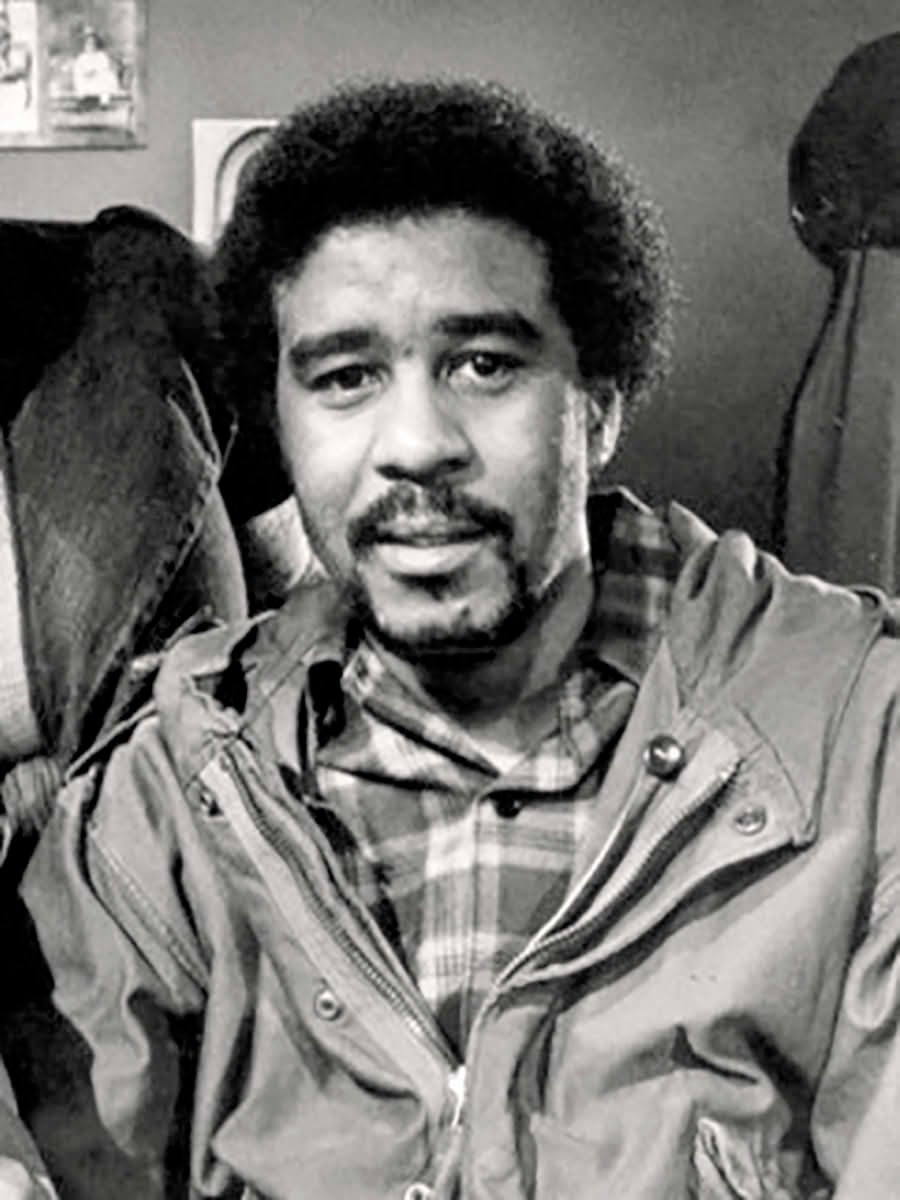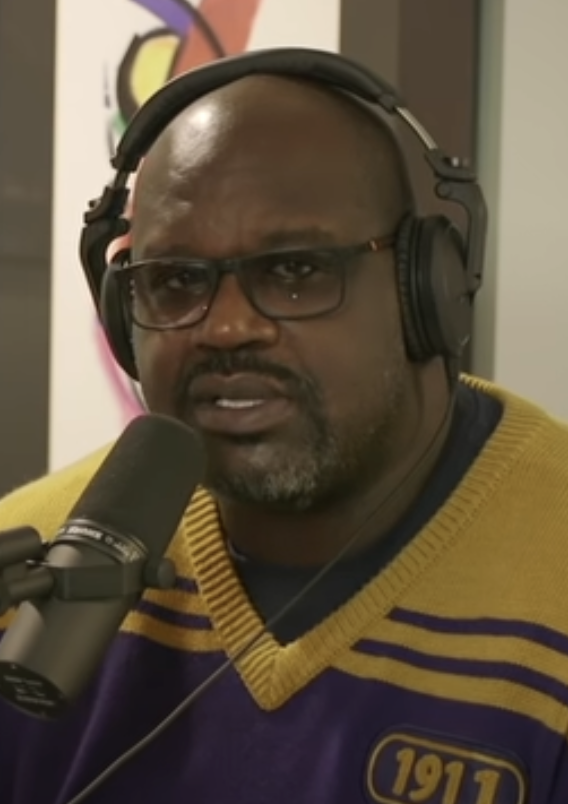
In the vast landscape of athletic titans, few names resonate with the sheer power, dominant force, and undeniable charisma of Shaquille O’Neal. A true behemoth of the basketball court, standing at a formidable 7-foot-1-inch and weighing 325 pounds, Shaq wasn’t just a player; he was an event, a phenomenon who left an indelible mark on the National Basketball Association and popular culture alike. His journey, much like a meticulously engineered, high-performance vehicle, is a collection of custom-built achievements, each one more impressive than the last, forming an extraordinary “fleet” of unparalleled moments.
This is a deep dive into the “extra-large” and “custom-made” aspects of O’Neal’s legendary career and life, examining the unique modifications and standout features that have made him truly special. From his foundational years to his championship drives and beyond, we’ll uncover the detailed specifications of his monumental rise. Just as a collector admires the rare models and bespoke designs of an exotic car fleet, we’re here to appreciate the singular craftsmanship of Shaquille O’Neal’s enduring legacy, celebrating the power, precision, and personal touches that defined his path.
Prepare to embark on an enthusiastic exploration of the defining chapters that shaped this American icon. We’ll trace the powerful engines that propelled him from a towering teenager to an NBA legend, each phase a distinct model in his remarkable collection of accomplishments. Get ready to rev your engines as we unveil the first seven standout “vehicles” in Shaquille O’Neal’s truly unique and custom-engineered life story.
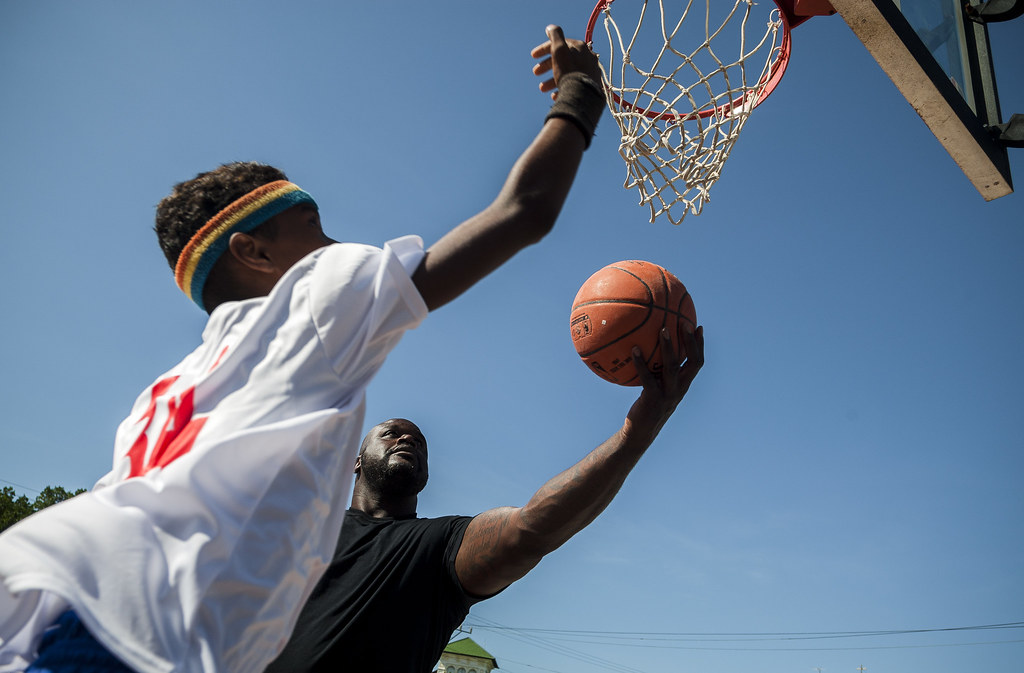
1. **Early Life and Formative Years: Laying the Chassis of a Legend**Born Shaquille Rashaun O’Neal on March 6, 1972, in Newark, New Jersey, the foundational elements of his immense stature and drive were evident from an early age. His parents, Lucille O’Neal and Joe Toney, were both tall, with his mother standing at 6 ft 2 in and his biological father at 6 ft 1 in. By the remarkable age of 13, O’Neal had already surpassed both, reaching 6 ft 6 in, an early indication of the “extra-large” presence he was destined to become. This physical predisposition provided the initial framework for his future dominance.
O’Neal’s early life was also shaped by the absence of his biological father, Joe Toney, who struggled with drug addiction and was imprisoned, leading to Toney relinquishing his parental rights to O’Neal’s stepfather, Phillip Arthur Harrison, a career Army sergeant. This pivotal familial structure, with Harrison stepping into the father figure role, instilled discipline and a sense of direction, even as O’Neal publicly expressed disdain for Toney in his earlier years, stating, “Phil is my father” on his 1994 rap album. The evolution of this relationship, with O’Neal later meeting Toney in 2016 and expressing, “I don’t hate you. I had a good life. I had Phil,” speaks to the custom-built resilience and capacity for growth within his character.
His nomadic childhood, courtesy of his stepfather’s military career, saw the family moving to bases in Germany and Texas, exposing O’Neal to diverse environments. Yet, the Boys & Girls Clubs of America in Newark offered him a consistent, safe haven where he could simply “shoot” basketball, providing an early, informal training ground that kept him engaged and off the streets. This early engagement with the sport, even without formal team play initially, was a crucial “custom modification” to his development, allowing him to grow into his imposing physique while nurturing a burgeoning love for the game that would soon define his life.
Read more about: Design God: Chip Foose’s Masterpieces—13 Times Vision Transformed the Automotive World

2. **College Stardom with LSU Tigers: Engineering Elite Performance**After settling in San Antonio, Texas, following his return from Germany, O’Neal’s physical growth continued relentlessly, reaching 6 ft 10 in by age 16. It was at Robert G. Cole High School that his basketball prowess truly began to manifest, leading his team to an astounding 68–1 record over two years and clinching a state championship in his senior year. His 791 rebounds during the 1989 season remain a state record, clearly demonstrating the extraordinary capabilities being engineered within this young talent. His choice to wear No. 33, inspired by Kareem Abdul-Jabbar or Patrick Ewing, also showcased an early appreciation for legendary figures and a desire to emulate greatness.
His collegiate journey continued at Louisiana State University (LSU), where he pursued a business degree. His connection to LSU coach Dale Brown, established years earlier in Germany, highlights a deliberate, almost “custom-fit” trajectory for his development. Under Brown’s guidance, O’Neal blossomed into a two-time All-American, a two-time SEC Player of the Year, and the recipient of the Adolph Rupp Trophy as NCAA men’s basketball player of the year in 1991, also earning college player of the year honors from the Associated Press and UPI. These accolades were not just personal triumphs but also showcased the advanced engineering of his game, blending raw power with refined skill.
Even as he left LSU early to embark on his NBA career, O’Neal’s commitment to education, continuing his studies as a professional player, revealed another layer of his multi-faceted personality. His later induction into the LSU Hall of Fame and the placement of a 900-pound bronze statue in front of the LSU Basketball Practice Facility are testaments to the indelible impact he had, not just as an athlete but as a figure who commanded respect and admiration, leaving behind a truly “extra-large” legacy even before his professional career fully took off.

3. **Rookie Sensation: The Orlando Magic Era (1992–1996): Unleashing the Powerhouse**The Orlando Magic recognized O’Neal’s undeniable potential, selecting him with the 1st overall pick in the 1992 NBA draft, a move that heralded the arrival of a new, dynamic force in the league. His early mentorship under Hall of Famer Magic Johnson in Los Angeles before his move to Orlando underscores the “custom preparation” he received. O’Neal, initially wearing No. 32 due to veteran teammate Terry Catledge, quickly made it his own, a number he stated was his first in basketball, signifying a return to his roots even as he ascended to stardom.
O’Neal’s rookie season was nothing short of spectacular, immediately earning him the Player of the Week title in his very first week, a pioneering achievement. He concluded the season averaging an impressive 23.4 points on 56.2% shooting, 13.9 rebounds, and 3.5 blocks per game, securing the 1993 NBA Rookie of the Year award. He also became the first rookie since Michael Jordan in 1985 to be voted an All-Star starter, demonstrating an immediate, “extra-large” impact that transformed the Magic, leading them to win 20 more games than the previous season. This rapid ascent showcased his immediate command of the NBA stage.
The Magic’s fortunes continued to rise with O’Neal at the helm. In his second season, under new coach Brian Hill, O’Neal further refined his game, averaging 29.4 points (second in the league) and leading the NBA in field goal percentage at 60%. He recorded his first career triple-double with 24 points, a career-high 28 rebounds, and 15 blocks, an absolute statistical marvel. Partnered with newly drafted Anfernee “Penny” Hardaway, they formed one of the league’s top duos, leading Orlando to their first-ever playoff appearance and an NBA Finals berth in 1995. Despite a sweep by the Houston Rockets, O’Neal’s performance, averaging 28 points on 59.5% shooting, 12.5 rebounds, and 6.3 assists in his first Finals, solidified his status as an undisputed superstar, a truly “exotic model” of athletic prowess.
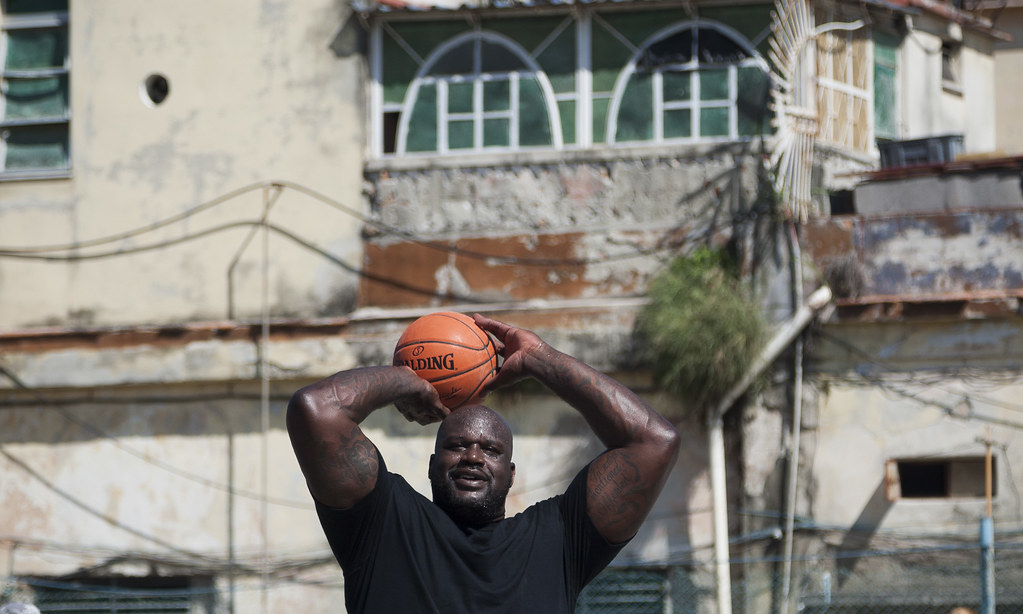
4. **Three-Peat Dominance: The Los Angeles Lakers Dynasty (1996–2004): Unmatched Power and Precision**
The summer of 1996 marked a monumental shift as O’Neal, fresh off a gold medal with the United States Olympic basketball team, signed a seven-year, $121 million contract with the Los Angeles Lakers. This move, which O’Neal insisted was not primarily about money—famously stating, “I’m tired of hearing about money… I just want to play the game, drink Pepsi, wear Reebok”—was driven by a desire for a new environment and a feeling of being “a big fish in a dried-up pond” in Orlando. His choice of No. 34, in honor of his stepfather, continued his tradition of personalized jersey numbers, a “custom touch” reflecting his personal connections.
His tenure with the Lakers, alongside the burgeoning teenage superstar Kobe Bryant, was a period of unmatched dominance, even amidst early challenges and internal dynamics. The arrival of Phil Jackson as head coach before the 1999–2000 season proved to be the master stroke, providing the strategic “engineering” that harnessed O’Neal’s immense talent. Jackson challenged O’Neal, telling him “the [NBA’s] MVP trophy should be named after him when he retired,” a powerful statement that ignited O’Neal’s focus, particularly on defense.
The synergy between O’Neal, Bryant, and Jackson’s triangle offense culminated in a historic three-peat, with the Lakers clinching consecutive NBA championships in 2000, 2001, and 2002. During this period, O’Neal was named the 1999–2000 regular season Most Valuable Player, missing a unanimous vote by a single ballot, and won the scoring title. Crucially, he was also named MVP of the NBA Finals all three times, solidifying his place as the undisputed centerpiece of this dynasty. His ability to consistently deliver under immense pressure, coupled with his commanding presence in the paint, showcased a level of “power and precision” that truly made this Lakers era an “extra-large” achievement in basketball history, a testament to his unique build and performance capabilities.
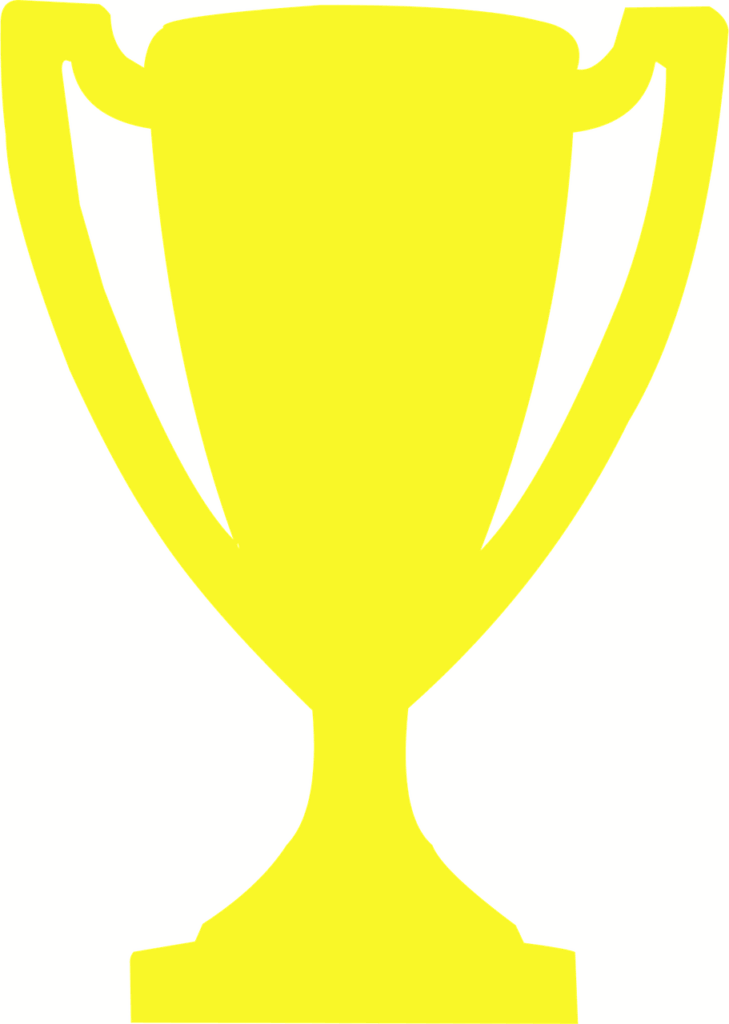
5. **Miami Heat: Fourth Championship & MVP Race (2004–2008): Rebuilding and Reigning**Following an intense period of internal friction with Kobe Bryant and the Lakers’ front office, O’Neal orchestrated another significant “trade” in his career, moving to the Miami Heat in July 2004. This was not merely a change of scenery but a deliberate “retooling” of his career, driven by his promise to bring a championship to Miami and his keen recognition of the potential in the Heat’s up-and-coming star, Dwyane Wade, whom he affectionately nicknamed “Flash.” Reverting to his No. 32 jersey, which he had worn with the Magic, symbolized a renewed purpose and a fresh start.
His impact in Miami was immediate and profound. In the 2004–05 season, the Heat, with O’Neal leading the charge, exceeded all expectations, claiming the best record in the Eastern Conference with 59 wins. O’Neal, playing his most games since 2001, averaged 22.9 points, 10.4 rebounds, and 2.3 blocks, earning his 12th consecutive All-Star selection and an All-NBA 1st Team nod. He narrowly missed out on the 2004–05 MVP Award to Steve Nash in one of the closest votes in NBA history, a clear indication that even in his early 30s, O’Neal remained an “extra-large” force in the league, consistently performing at an elite level.
The ultimate prize came in the 2005–06 season, as O’Neal, despite battling injuries, played a crucial role in leading the Heat to their first-ever NBA championship. Under coach Pat Riley, who strategically managed O’Neal’s minutes to keep him fresh for the playoffs, Shaq delivered pivotal performances, particularly in the Eastern Conference Finals and the Finals against the Dallas Mavericks. Though Wade carried much of the offensive load in the Finals, O’Neal’s commanding presence, averaging 13.7 points and 10.2 rebounds, was indispensable in securing his fourth NBA title. This victory was a powerful demonstration of his ability to adapt, contribute, and elevate a franchise, adding another “custom-built” championship to his illustrious fleet of achievements.
6. **Phoenix Suns: Resurgence and All-Star Return (2008–2009): The Desert Dynamo**After a challenging period in Miami, marked by injuries and disagreements with coach Pat Riley, Shaquille O’Neal was traded to the Phoenix Suns in February 2008. This move to the high-octane, run-and-gun Suns, known for their fast-paced offensive style, initially raised eyebrows, with many questioning how O’Neal’s traditional center play would fit. However, this proved to be another “custom-fitting” evolution in his career, showcasing his adaptability and the enduring power of his game. His debut against his former Lakers team saw him score 15 points and grab 9 rebounds, an early glimpse of his continued impact.
In Phoenix, O’Neal found a renewed enthusiasm, openly preferring his new situation over Miami. He praised the Suns’ professional environment and credited their training staff with prolonging his career, highlighting their focus on building his core strength, flexibility, and balance to address his arthritic toe. This personalized approach to his physical conditioning was a crucial “modification” that allowed him to maintain a high level of performance. Even though the Suns were eliminated by the Spurs in the first round of the 2008 playoffs, O’Neal’s individual resurgence was clear, averaging 15.2 points and 9.2 rebounds in that series.
The 2008–09 season further solidified his comeback. O’Neal averaged 18 points, 9 rebounds, and 1.6 blocks through the first half of the season, helping the Suns to a strong record. This impressive performance earned him a return to the All-Star Game in 2009, where he emerged as co-MVP alongside his former Lakers teammate Kobe Bryant. He even turned back the clock with a 45-point, 11-rebound game against the Toronto Raptors. While the Suns missed the playoffs that season, O’Neal’s time in Phoenix was a clear demonstration that his “extra-large” impact and “customized” approach to fitness could still yield elite results, proving he remained a formidable force even as his career progressed.

7. **Cleveland Cavaliers: “Ring for the King” Pursuit (2009–2010): A Mission for Glory**In June 2009, Shaquille O’Neal embarked on another chapter of his storied career, traded to the Cleveland Cavaliers. This move was underscored by a singular, powerful mission, succinctly articulated by O’Neal himself: “My motto is very simple: Win a Ring for the King,” referring to LeBron James, who was then the undisputed leader of the Cavaliers. This declaration cemented O’Neal’s role as a veteran presence, a powerful “engine” brought in to provide championship-level support and experience to a team on the cusp of greatness, demonstrating his willingness to play a specialized, “custom” role for team success.
O’Neal readily deferred to James’s leadership, embracing his role within the team’s framework. He started his tenure averaging career lows in several statistical categories, largely due to sharing center duties, but his value extended beyond raw numbers; it was in his defensive presence, rebounding, and the invaluable veteran leadership he brought to the locker room. This phase of his career highlighted a shift from being the primary offensive focal point to a seasoned contributor, a “modification” to his playing style demonstrating his adaptability.
The Cavaliers, with O’Neal, dominated the regular season, finishing in first place. However, fate intervened when O’Neal suffered a severe right thumb injury in February 2010, requiring surgery and sidelining him for five weeks. Despite his eventual return for the playoffs, where the Cavaliers defeated the Chicago Bulls in the first round, they ultimately fell to the Boston Celtics in the second. O’Neal later expressed his belief that “if I was healthy, we would have gotten it done that year and won a ring,” underscoring the “extra-large” expectations and the custom-built desire he had for a fifth championship, even as his physical prime began to wane. This chapter, while not ending in a championship, showcased his continued pursuit of glory and his commitment to team objectives.

8. **Boston Celtics: The Final Drive (2010–2011): A Veteran’s Quest**After a career filled with dominant runs and championship glory, the penultimate chapter of Shaquille O’Neal’s playing journey brought him to the storied Boston Celtics. The move was partly spurred by a familiar competitive fire, ignited by comments from his former Lakers teammate Kobe Bryant regarding championship rings. Celtics principal owner Wyc Grousbeck saw an opportunity, believing O’Neal could be the missing piece for their veteran squad, adding another bespoke engine to their championship-contending lineup.
Celtics coach Doc Rivers, however, had clear conditions for the larger-than-life center: no preferential treatment and absolutely no locker room drama, a stark contrast to some of O’Neal’s previous high-profile team dynamics in Los Angeles or Miami. O’Neal, ever the pragmatist and hungry for a fifth ring, agreed, signing a two-year contract at the veteran minimum salary, a testament to his continued desire for competition over compensation. Other interested teams like the Atlanta Hawks and Dallas Mavericks had reportedly stalled on his salary demands, but the Celtics, by offering the mid-level exception to Jermaine O’Neal, signaled their commitment to team construction.
Introduced in August 2010, O’Neal chose the number 36, marking another unique entry in his custom jersey collection. During his time in Boston, he famously declared his focus wasn’t on “little guys who run around dominating the ball, throwing up 30 shots a night—like D–Wade, Kobe.” Instead, his eyes were fixed on an older rival, Tim Duncan, stating, “If Tim Duncan gets five rings, then that gives some writer the chance to say ‘Duncan is the best,’ and I can’t have that.” This competitive spirit, even in the twilight of his career, underscored O’Neal’s relentless pursuit of greatness, adding a final, potent model to his illustrious playing fleet before his eventual retirement.
O’Neal played 37 games with the Celtics in the 2010–11 season, starting 36 of them. He averaged 9.2 points, 4.8 rebounds, and 1.1 blocks in limited minutes, a career low but still contributing to a playoff-bound team. Though injuries hampered his effectiveness, particularly a nagging Achilles issue, his presence, wisdom, and the occasional flash of his old dominance were valuable. This final stop cemented his status as a player who always sought the challenge, always pushed for victory, and always brought an “extra-large” personality to every locker room he graced.
The Celtics made the playoffs as the third seed but were defeated by the Miami Heat in the Eastern Conference Semifinals. This marked the official end of O’Neal’s playing career, a career that spanned 19 years and left an undeniable mark on the NBA. His final drive with the Celtics, though brief, showcased his enduring commitment to the game and his desire to contribute to a championship cause until the very last moment.

9. **Unparalleled Individual Accolades: The Trophy Cabinet of a Superstar**Shaquille O’Neal’s career wasn’t just about team championships; it was also a dazzling showcase of individual brilliance, a meticulously crafted collection of awards that reflect his unprecedented dominance. His trophy cabinet is truly ‘extra-large,’ packed with accolades that cement his status among the NBA’s all-time greats. From the moment he stepped onto the court, O’Neal was destined for individual honors, starting with the 1992–93 NBA Rookie of the Year award, an immediate validation of his transformative talent.
His prime years saw an explosion of recognition, most notably the 1999–2000 Most Valuable Player (MVP) Award, a near-unanimous selection that highlighted his singular impact. This legendary year was further magnified by his achievement as one of only three players in NBA history to win the NBA MVP, All-Star Game MVP, and Finals MVP awards in the same season, a feat only shared with the likes of Willis Reed and Michael Jordan. His three Finals MVP awards underscore his unparalleled performance on the biggest stage, proving he was the ultimate closer when it mattered most.
Beyond these marquee honors, O’Neal was a consistent fixture in the league’s elite. He garnered an astounding 15 All-Star Game selections, earning three All-Star Game MVP awards, showcasing his captivating presence in exhibition games. His scoring prowess was evident with two scoring titles, and he was a perennial selection for the All-NBA Team, earning 14 nods, and the NBA All-Defensive Team, making three selections. These numbers aren’t just statistics; they’re markers of sustained excellence and consistent, high-level performance throughout his illustrious career.
His statistical footprint further solidifies his legacy. O’Neal ranks 9th all-time in points scored, a testament to his enduring offensive threat. He stands 6th in field goals made, showcasing his incredible efficiency, and 15th in rebounds, demonstrating his dominance on the glass. Furthermore, his intimidating presence in the paint is reflected in his 8th all-time ranking in blocks. These placements among the league’s absolute legends are a clear indication of his all-around impact and a custom-built legacy that transcends generations.
His ultimate recognition came with his induction into the Naismith Memorial Basketball Hall of Fame in 2016, followed by the FIBA Hall of Fame in 2017. He was also honored as one of the league’s greatest players of all time by being named to the NBA 50th Anniversary Team in 1996 and again to the NBA 75th Anniversary Team in October 2021. These posthumous honors, received while he was still playing and after his retirement, speak volumes about his unprecedented career and the indelible mark he left on the sport, truly making his collection of accolades a one-of-a-kind fleet.
Read more about: Shaq’s Colossal Impact: How the Unstoppable Force Made NBA History (and Beyond) Look Small
10. **Dominance in the Paint: Unrivaled Efficiency and Power**While O’Neal’s raw power and imposing physique were obvious, his true genius on the court lay in his efficiency, particularly around the basket. His ability to dunk the basketball and score from close range with such consistency was a unique modification to the game, allowing him to dominate opposing defenses with an almost surgical precision. This custom-engineered approach to offense translated into astonishing statistics that few could ever hope to replicate.
Indeed, O’Neal boasted a remarkable 58.2% career field goal percentage, a number that places him among the most efficient scorers in NBA history. This wasn’t a fluke or a one-season wonder; he led the league in field goal percentage an incredible ten times, a testament to his sustained dominance and the sheer force with which he operated in the restricted area. Opponents often had no answer for his combination of size, skill, and relentless attacking mentality, making him an unstoppable force when he decided to impose his will.
His incredible efficiency wasn’t just about scoring; it also created opportunities for his teammates. When O’Neal commanded a double or triple-team, which was often, it opened up the floor for shooters and cutters, showcasing his value as a primary offensive threat who made everyone around him better. This fundamental aspect of his game, the ability to control the tempo and outcome of a possession from within five feet of the basket, was a defining characteristic of his ‘extra-large’ impact and a custom feature of his playing style that left indelible marks on the box score and the record books.
11. **Beyond the Hardwood: Platinum Rapper and Electronic Music Maven**Shaquille O’Neal’s ‘extra-large’ influence wasn’t confined to the basketball court. His multi-faceted persona extended dramatically into the entertainment world, most notably with a surprisingly successful rap career that demonstrated his broad appeal. Long before athletes regularly crossed into other media, Shaq carved out a significant presence in the music industry, transforming his celebrity into tangible artistic achievements. His venture into rap was more than just a novelty; it was a genuine, custom-built extension of his charismatic personality.
He released four rap albums, with his debut, *Shaq Diesel*, achieving platinum status, a monumental success for any recording artist, let alone a professional athlete. His follow-up, *Shaq Fu: Da Return*, also earned a gold certification, further cementing his credibility and popularity in the music scene. These albums, filled with his distinct voice and playful lyrics, resonated with fans and showcased a different side of the dominant big man, proving that his talents were truly diverse and his appeal far-reaching.
But the beat didn’t stop there. O’Neal later evolved into an electronic music producer and a touring DJ, adopting the moniker Diesel. This transformation into a global EDM sensation further highlighted his adaptability and passion for music, allowing him to connect with new audiences and express his creativity on a different stage. From dropping rhymes to dropping beats, Shaq’s musical journey is yet another remarkable, custom feature in his incredible fleet of accomplishments, demonstrating his enduring ability to entertain and captivate beyond the traditional boundaries of sports.
12. **Media Empire: From Reality TV to Podcasting and Beyond**Shaquille O’Neal’s captivating charisma and larger-than-life personality were perfectly suited for the silver screen and television. His media empire is another impressive ‘vehicle’ in his custom fleet, showcasing his seamless transition from sports icon to entertainment mogul. He has appeared in numerous films, leveraging his celebrity and unique presence to create memorable roles. These appearances were not mere cameos; they were deliberate steps into a new industry, proving his versatility and marketability.
Beyond films, O’Neal truly embraced the world of television, starring in his own reality shows that offered fans a deeper glimpse into his life. Programs like *Shaq’s Big Challenge* and *Shaq Vs* showcased his competitive spirit, his philanthropic endeavors, and his willingness to tackle new challenges outside of basketball, all while maintaining his signature humor and approachable demeanor. These shows were custom-made to highlight his unique brand, allowing viewers to connect with him on a personal level and appreciate his diverse interests and commitments.
In the modern digital landscape, O’Neal continues to influence through his hugely popular podcast, *The Big Podcast with Shaq*. This platform allows him to engage directly with fans, share his insights on sports and life, and entertain with his unfiltered opinions and stories. His role as a sports analyst on the acclaimed television program *Inside the NBA* further cements his position as a respected voice in basketball, combining his deep knowledge of the game with his engaging personality. This continuous presence across various media forms illustrates his enduring appeal and his custom-built ability to remain a relevant and beloved figure long after his playing days ended.

13. **Executive Suite: Ownership, Management, and Shaping the Future of Sports**Shaquille O’Neal’s custom fleet of ventures also includes significant roles in sports ownership and management, demonstrating his shrewd business acumen and his desire to shape the future of the games he loves. His transition from player to executive is a powerful testament to his multifaceted talents, proving that his ‘extra-large’ impact extends far beyond the court itself. This is a side of Shaq that few athletes ever fully realize, taking on the responsibility of guiding franchises and developing new talent.
From 2013 to 2022, O’Neal was a minority owner of the Sacramento Kings, a significant investment that allowed him to contribute to an NBA franchise from an executive perspective. This role wasn’t just symbolic; it provided him with hands-on experience in the intricate world of sports management and ownership, blending his understanding of the game with business strategy. His involvement highlighted his commitment to the league that made him a star, fostering its growth and success from a different vantage point.
Further showcasing his forward-thinking approach, O’Neal also took on the role of general manager for Kings Guard Gaming of the NBA 2K League. This venture into esports underscored his recognition of the evolving landscape of sports and entertainment, demonstrating his willingness to embrace new technologies and connect with a younger, digitally native audience. It was a custom fit for an icon known for his playful personality and engagement with popular culture.
His commitment to collegiate sports is also evident through his position as the general manager of the Sacramento State Hornets men’s basketball team. This role allows him to directly influence the development of young athletes and contribute to the foundational levels of basketball. These executive positions collectively represent a significant and evolving part of O’Neal’s custom fleet, where he applies his vast experience and unparalleled insight to nurture talent and drive success in diverse sporting arenas.
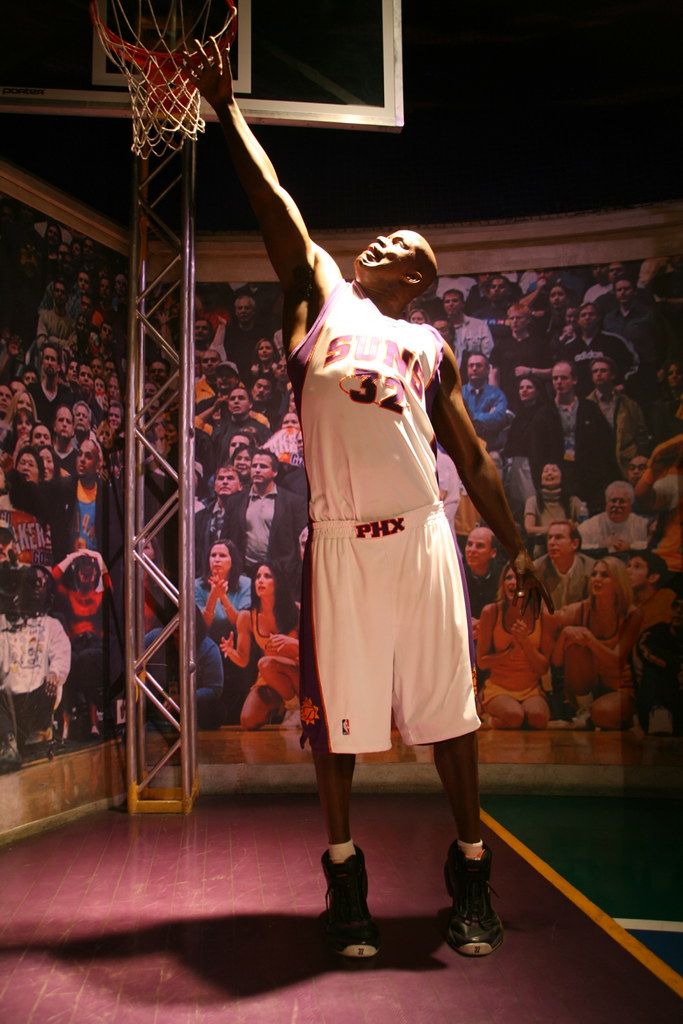
14. **The Custom-Built Legacy: Personal Evolution and an ‘Extra-Large’ Impact**Ultimately, the story of Shaquille O’Neal is one of continuous personal evolution, leading to an ‘extra-large’ impact that extends far beyond the impressive collection of cars—or rather, achievements—we’ve explored. His journey, much like a custom-engineered vehicle, has undergone significant modifications and upgrades, particularly in his personal life. His commitment to education, famously continuing his studies at LSU even as a professional player, revealed a depth of character and a drive for personal growth that often goes unnoticed amidst his on-court dominance.
Perhaps one of the most poignant aspects of his personal evolution is his reconciliation with his biological father, Joe Toney. After years of estrangement and public disdain, rooted in Toney’s struggles with addiction and absence, O’Neal’s feelings mellowed after the passing of his beloved stepfather, Phillip Arthur Harrison. Their meeting in 2016, where O’Neal expressed, “I don’t hate you. I had a good life. I had Phil,” speaks volumes about his capacity for forgiveness and personal healing. This deeply human moment demonstrates a maturity and understanding that adds a rich, custom layer to his public persona.
His connection to the Boys & Girls Clubs of America in Newark, where he found a “safe place to play” and simply “shoot” basketball, highlights the profound impact of foundational support in his early life. This early, informal training ground, without the pressures of formal team play, was a crucial “custom modification” to his development, nurturing his love for the game. It underscores his roots and his ongoing commitment to giving back, often seen in his philanthropic efforts, which are as vast and impactful as his physical presence.
In every arena, from the basketball court to the recording studio, the television screen, and the executive boardroom, Shaquille O’Neal has truly lived up to the ‘extra-large’ moniker. He has continuously pushed boundaries, adapted his game and his brand, and left an indelible mark not just through his achievements but through his captivating personality and his profound personal growth. His custom fleet of accomplishments, spanning sports, entertainment, and business, is a testament to a man who truly built his own extraordinary legacy, proving that with enough power, precision, and personal touch, anything is possible.
What a ride it’s been, from the courts of Newark to the global stage! Shaquille O’Neal’s journey is a high-octane spectacle, a testament to raw power, meticulous engineering, and a personality that’s truly one of a kind. His ‘custom fleet’ isn’t just a collection of achievements; it’s a vibrant, ever-evolving chronicle of a man who mastered every lane he drove down. Whether he was shattering backboards, dropping platinum albums, or leading teams from the owner’s box, Shaq proved that being ‘extra-large’ isn’t just about size – it’s about making an enormous impact, leaving a lasting legacy, and always driving forward with unparalleled style. He wasn’t just a player; he was a phenomenon, and his story continues to inspire, impress, and entertain, much like a perfectly tuned exotic car, roaring through time.

